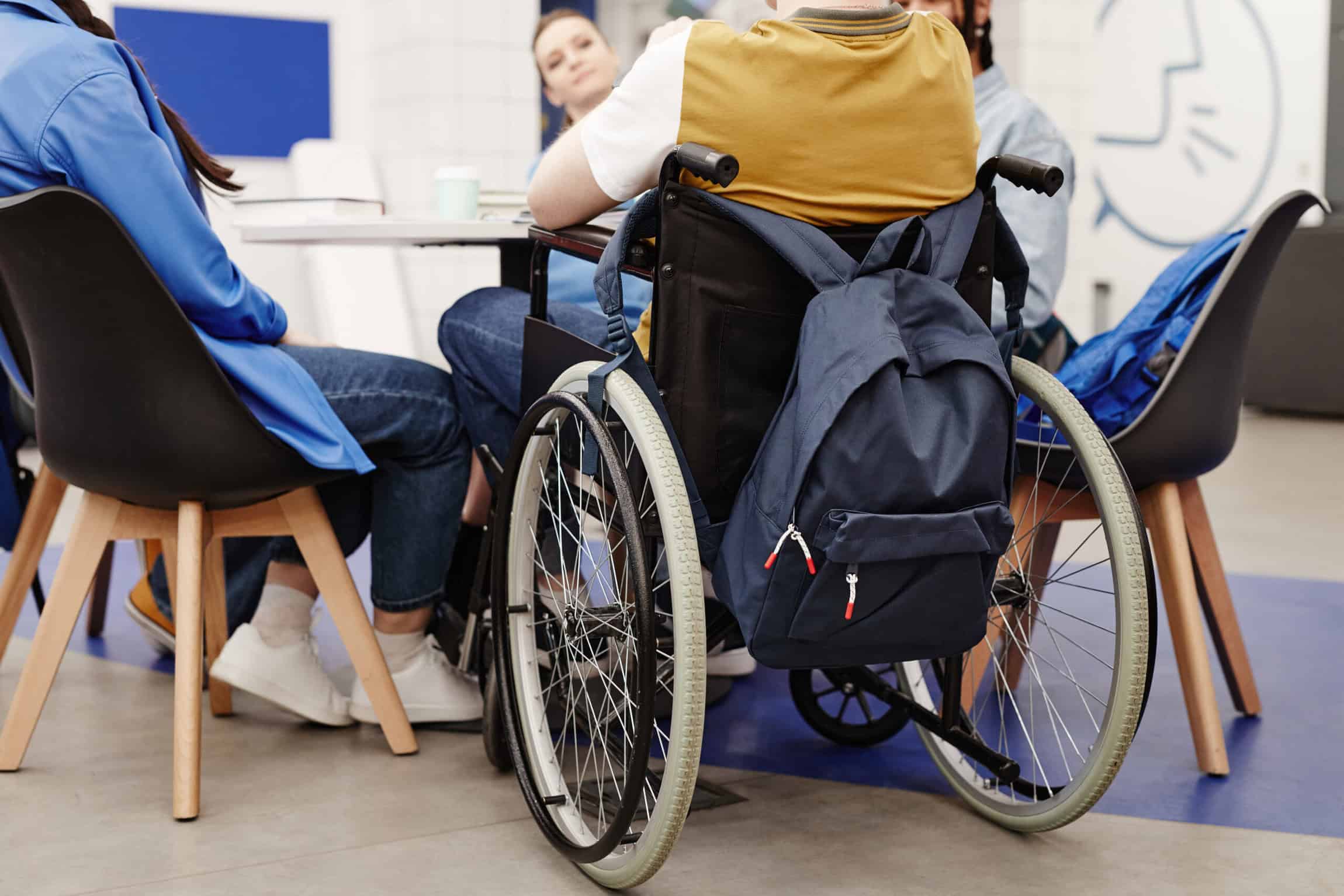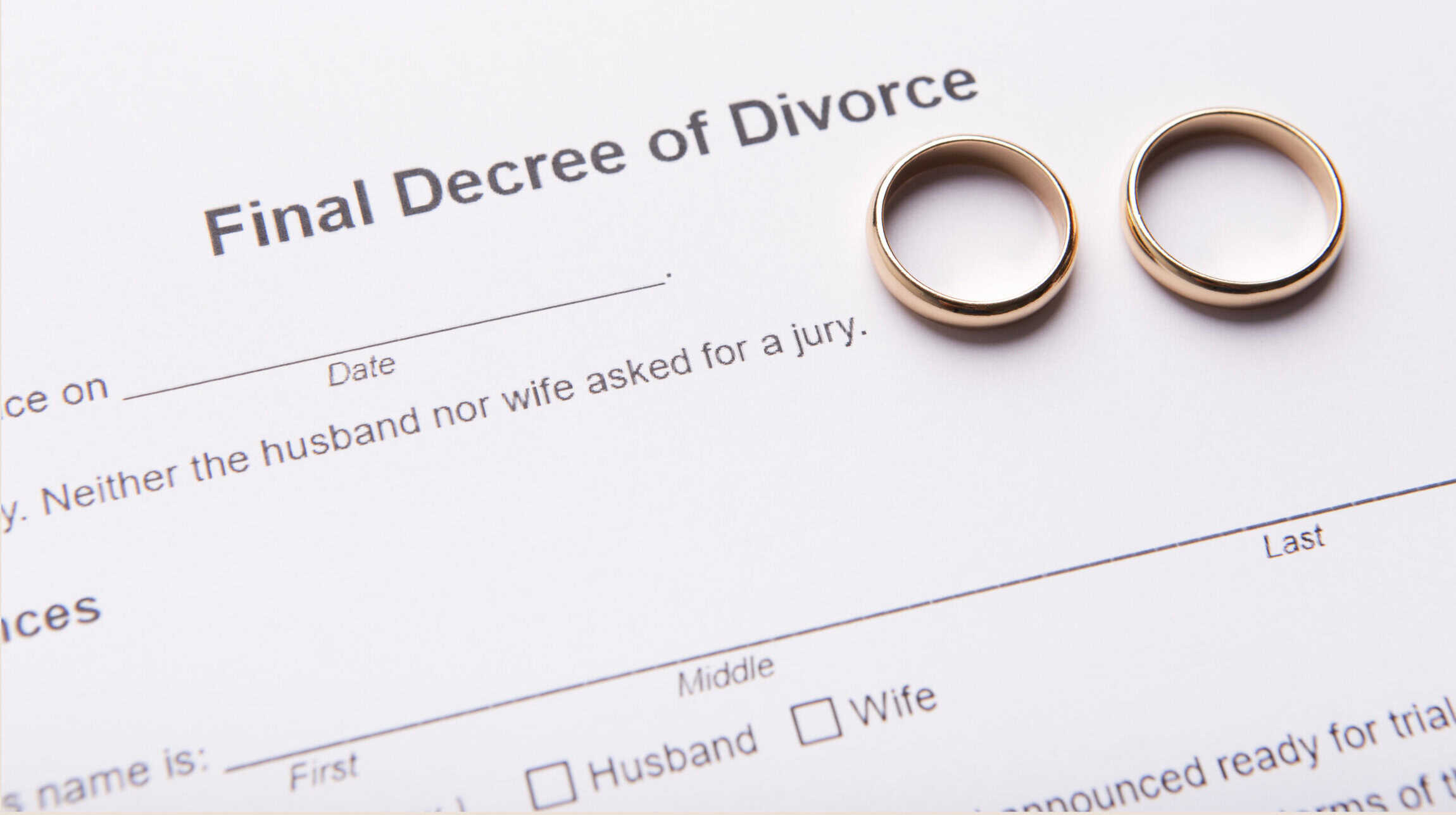Understanding how Permanent Partial Disability (PPD) benefits are paid out in Virginia is essential for anyone navigating a workers’ compensation claim. Whether you’re an injured worker trying to make sense of your benefits or an employer managing a claim, knowing the ins and outs of how compensation is calculated and distributed can make a significant difference. This guide provides a clear breakdown of how PPD benefits work under Virginia law.
How PPD Benefits Are Calculated in Virginia
Virginia uses a schedule-based system to determine compensation for PPD claims. Each body part or type of injury is assigned a specific number of weeks of compensation. The weekly payment amount is typically based on two-thirds of the injured worker’s average weekly wage (AWW), subject to statutory maximum and minimum limits.
For example, the total loss of a hand equates to 150 weeks of compensation, while the total loss of a thumb is compensated for 60 weeks. This system allows for predictability but also requires careful evaluation of each injury to ensure accurate compensation.
The Compensation Schedule: Injury and Compensation Periods
To help determine the value of PPD benefits, Virginia law assigns a specific number of compensation weeks to each type of injury or body part. This standardized approach makes it easier to estimate potential payouts based on the nature and extent of your injury. Below is a breakdown of the compensation schedule for various injuries:
Compensation Periods Table
| Injury or Condition | Compensation Period |
| Thumb | 60 weeks |
| First (Index) Finger | 35 weeks |
| Second Finger | 30 weeks |
| Third Finger | 20 weeks |
| Fourth (Little) Finger | 15 weeks |
| Great Toe | 30 weeks |
| Other Toes | 10 weeks |
| Hand | 150 weeks |
| Arm | 200 weeks |
| Foot | 125 weeks |
| Leg | 175 weeks |
| Permanent Loss of Vision (One Eye) | 100 weeks |
| Permanent Loss of Hearing (One Ear) | 50 weeks |
| Severely Marked Disfigurement | Up to 60 weeks |
| Pneumoconiosis (Stage 1–3) | 50–300 weeks |
| Byssinosis | 50 weeks |
Special rules apply to phalanx injuries (segments of fingers or toes). Loss of more than one phalanx is considered a full loss of the digit, and compensation is capped so that multiple finger losses cannot exceed the compensation for a hand.
Other Factors That Can Affect PPD Compensation
In some cases, injuries may qualify as permanent total disability rather than PPD. Virginia law recognizes permanent total disability for conditions such as:
- Loss of both hands, arms, feet, legs, eyes, or any two of these in combination
- Injuries resulting in total paralysis
- Severe brain injuries causing permanent unemployability
These cases fall outside of PPD and may result in lifetime compensation.
Additionally, if a worker suffers only a partial loss of function in a body part, Virginia allows for proportional compensation. For example, if someone loses 50% of their hearing in one ear, they would receive half of the 50-week award (25 weeks). Similarly, the law treats the permanent loss of use of a body part the same as the physical loss of that part, even if it remains intact. This ensures fair compensation for lasting impairment.
Payment Timing and Limits
PPD benefits are paid after any temporary total disability payments have ended. The weekly compensation amount follows the same rules as other workers’ comp benefits, including maximum and minimum limits.
In certain cases, PPD payments can be made at the same time as partial incapacity payments under § 65.2-502. When this happens, each week of combined payment counts as two weeks toward the 500-week maximum benefit period.
Understanding these payment rules ensures injured workers receive the full amount they are entitled to under the law.
Why Legal Guidance Matters
Navigating the workers’ compensation system can be complex—especially when calculating PPD benefits. An experienced attorney can help ensure that injuries are properly evaluated, the correct compensation is pursued, and your rights are protected if a claim is delayed or denied.
At Renfro & Renfro, we guide injured workers through every step of the process, helping them understand their options and secure the benefits they deserve.
Know What You’re Entitled To
PPD benefits in Virginia are governed by detailed laws that determine how much compensation an injured worker should receive for specific permanent injuries. From the compensation schedule to proportional loss rules and payment limits, many factors influence how benefits are paid out.
If you’ve suffered a permanent injury on the job, don’t navigate the process alone. Contact Renfro & Renfro for a consultation to make sure you’re getting everything you’re owed under the law.






